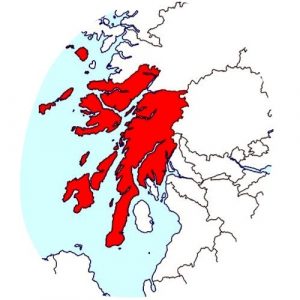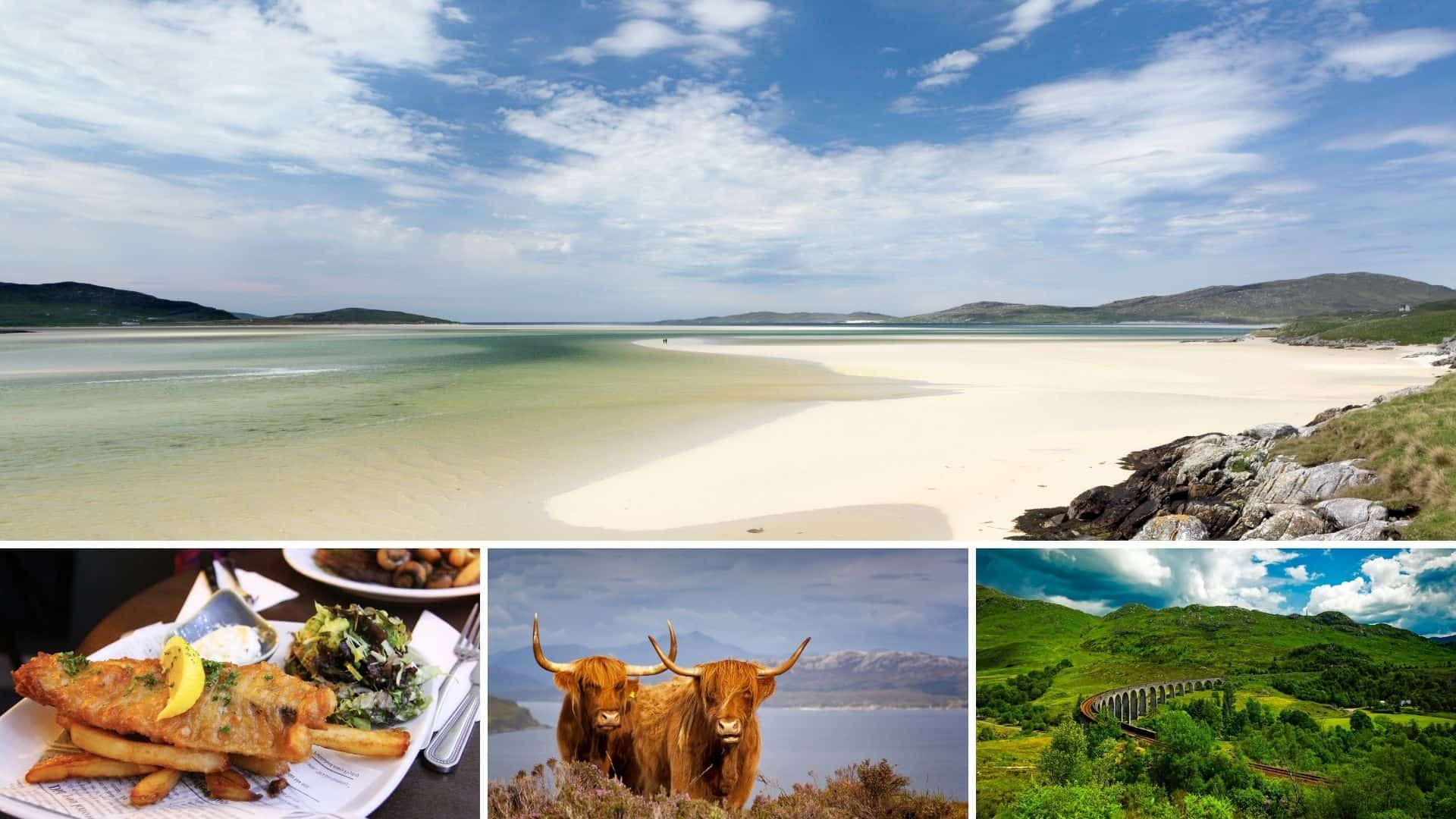We welcome you to our Argyll and the Isles Travel Blog where you can discover everything about the region, and what you should expect if you plan visiting. Follow dioceseofargyllandtheisles.org and you’ll be only a click away of finding useful local tips to Scotland places to visit, places where you can stay, and many Scotland tourists attractions to see.
About the Region
 Argyll and Bute is the second-largest council of all areas of Scotland. It is a rural area, 23rd in population, oriented towards services and tourism. The region has a strong maritime component, with over 3,000 km of coastline and islands with a significant Scottish history, such as Iona. The region is considered historically as the ‘cradle of Scotland’ as it is the point of entry from which Gaels from Ireland brought their language and culture, forming the kingdom of Dál Riata. The region remained for a long time on the edge of central power, sometimes under the aegis of the Norwegians, and then separated as the Kingdom of the Lord of the Islands.
Argyll and Bute is the second-largest council of all areas of Scotland. It is a rural area, 23rd in population, oriented towards services and tourism. The region has a strong maritime component, with over 3,000 km of coastline and islands with a significant Scottish history, such as Iona. The region is considered historically as the ‘cradle of Scotland’ as it is the point of entry from which Gaels from Ireland brought their language and culture, forming the kingdom of Dál Riata. The region remained for a long time on the edge of central power, sometimes under the aegis of the Norwegians, and then separated as the Kingdom of the Lord of the Islands.
Argyll and Bute Scotland is made up of several regions. To the south, the Kintyre stretches for 50 km from Tarbert to the Cape of the Mull of Kintyre from where Ireland can be seen, passing through Campbel town. North of Kintyre is the Knapdale, whose boundary with the other regions is made up of the Crinan Canal. To the east is the Cowal Peninsula, separated from Bute Island to the south by the Kyles of Bute. Lorne forms the region to the north. A large number of islands, most of them uninhabited, are also attached to Argyll Scotland. Besides Bute, the main islands are part of the Southern Inner Hebrides and include Mull, Coll, Tiree, Jura, Colonsay, Gigha and Islay. The Isle of Arran, although only separated from Kintyre by Kilbrannan Sound,is not part of Argyll and Bute and is attached to North Ayrshire. The regions that make up The Argyll and Bute are found in the titles of nobility of the Duke of Argyll, who is also Lord Kintyre, Lord Lorne, Lord Mull, and Earl of Cornwall.
Things to Do
All seafood lovers should definitely visit Loch Fybe Iyster Bar, where the best dishes are served. Argyll and the Isles Travel Blog is always happy to help all tourists who would like to take a boat trip and explore the fascinating wildlife, including dolphins, seals, and more. The region has a particularly rich flora and fauna. Its flora includes species that are rare throughout Scotland, as well as exotic species that acclimatize particularly well, such as the largest tree in Great Britain.
Its fauna contributes to the growth of tourism, with islands such as Lunga designated a Site of Special Scientific Interest for its colonies of birds such as puffins and fulmars. With all those stunning coastlines and beaches, mountains and lochs, this region has something for every taste. You can stay at hotels, holiday cottages or B&Bs for a perfect vacation. Every time is the best time to visit Argyll and Bute, depending on what you want to see. Continue reading this Scotland travel guide to find out more about the climate in the region.
Climate
Scotland has an oceanic climate. The winds come mainly from the west, and they bring the clouds that pour their rains along their passage over the country. As Argyll and Bute is on the front line, it receives rainfall of several thousand millimeters per year, which is equivalent in order of magnitude to what a tropical rainforest receives. The water saturation of the environment, resulting from heavy rains, is at the origin of the many peat bogs of the territory, which form on flat soils where natural drainage is slow. Although the coasts are not spared from the rains, they benefit from an extremely mild climate due to the influence of the sea.
Tips on How to Get to the Region
It’s easy to get to Argyll and Bute, by ferry, or by plane. When you get there, you can use the bus public service, and taxis, or you can rent a car from a rental car company, to travel around the region. We hope that all those tips you will find useful and will help you plan your trip. For many more information you may need, do not hesitate to contact dioceseofargyllandtheisles.org.

